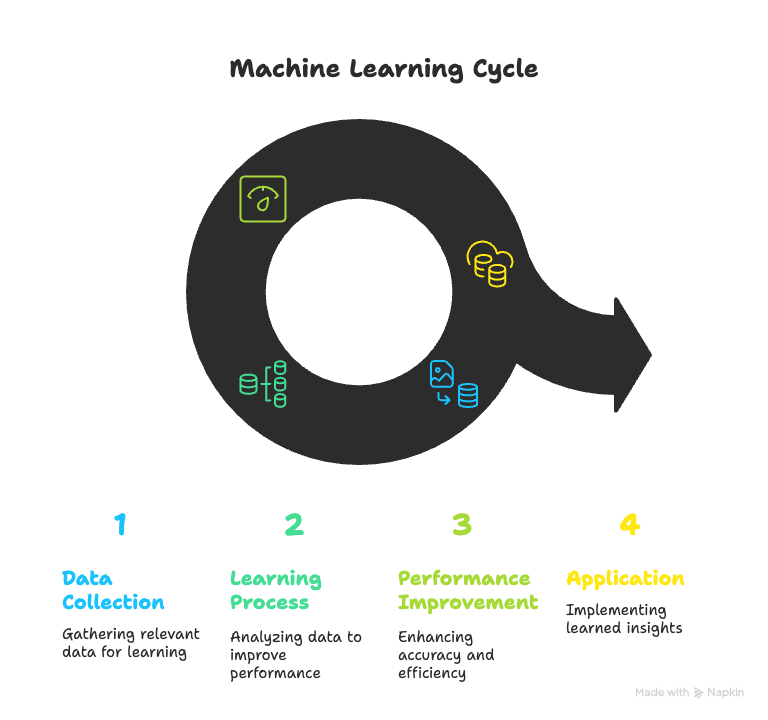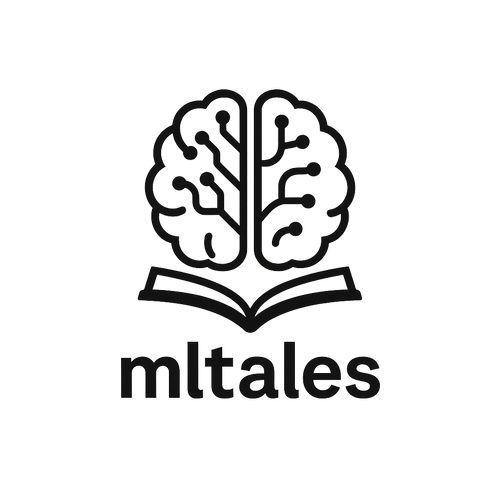What is Machine Learning? Understanding in a Simplest Way
Machine Learning (ML) is a fascinating branch of artificial intelligence that enables computers to learn from data and improve their performance over time without being explicitly programmed. This document aims to break down the concept of machine learning into simple terms, making it accessible for everyone, regardless of their technical background.

What is Machine Learning?
At its core, machine learning is about teaching computers to recognize patterns and make decisions based on data. Instead of writing detailed instructions for every task, we provide the computer with data and let it figure out the best way to perform a task on its own.
How Does Machine Learning Work?
- Data Collection: The first step in machine learning is gathering data. This data can come from various sources, such as images, text, or numbers.
- Training: Once we have the data, we use it to train a machine learning model. This involves feeding the data into an algorithm that learns from it. For example, if we want a model to recognize cats in pictures, we would provide it with many images of cats and non-cats.
- Testing: After training, we need to test the model to see how well it performs. We do this by using a separate set of data that the model hasn’t seen before. This helps us evaluate its accuracy.
- Improvement: Based on the testing results, we can tweak the model or provide more data to improve its performance. This iterative process continues until we achieve satisfactory results.
Types of Machine Learning
- Supervised Learning: In this type, the model is trained on labeled data, meaning we provide the correct answers during training. For example, if we are training a model to predict house prices, we would give it data about houses along with their actual prices.
- Unsupervised Learning: Here, the model works with unlabeled data and tries to find patterns or groupings on its own. For instance, it might cluster customers into different segments based on their purchasing behavior.
- Reinforcement Learning: This type involves training a model to make decisions by rewarding it for good actions and penalizing it for bad ones. It’s often used in game playing and robotics.
Real-World Applications
Machine learning is everywhere in our daily lives. Some common applications include:
- Recommendation Systems: Platforms like Netflix and Amazon use ML to suggest movies or products based on your preferences.
- Image Recognition: Social media platforms use ML to automatically tag friends in photos.
- Spam Detection: Email services use ML to filter out spam messages from your inbox.
What is a Model?
A model is like a smart formula that a computer uses to make predictions or decisions based on data. It learns patterns from past examples and uses them to figure things out when it sees something new.
For example, a model can:
- Predict whether a message is spam
- Guess the price of a house
- Suggest what movie you might like next
Think of it as the brain behind many AI and machine learning systems — trained not by memorizing, but by learning from experience.
Conclusion
In summary, machine learning is a powerful tool that allows computers to learn from data and make decisions without explicit programming. By understanding the basics of how it works and its various applications, we can appreciate the impact it has on our lives and the future of technology. Whether you’re a beginner or someone looking to deepen your knowledge, machine learning offers endless possibilities for innovation and improvement.
